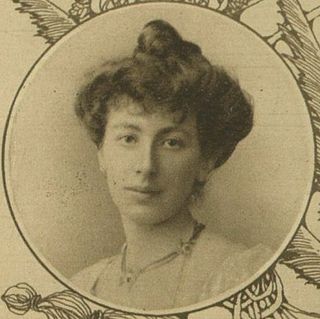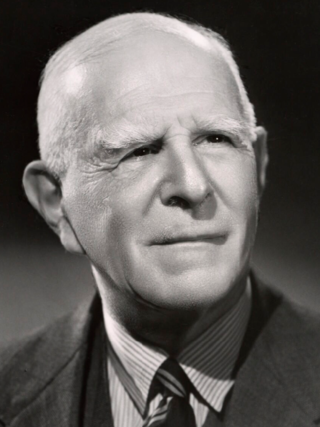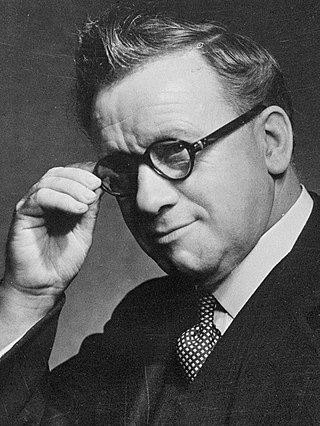
The Metropolitan Borough of Hackney was a metropolitan borough of the County of London from 1900 to 1965. Its area became part of the London Borough of Hackney.

The region of Greater London, including the City of London, is divided into 73 parliamentary constituencies which are sub-classified as borough constituencies, affecting the type of electoral officer and level of expenses permitted.

Alfred Salter was a British medical practitioner and Labour Party politician.

Alfred Henry Scott was a British Liberal politician.
Frank Briant was a radical British Liberal Party politician who served as a Member of Parliament for Lambeth North. In addition, he represented Lambeth on the London County Council and was a leading member of Lambeth Borough Council.

Thomas Owen Jacobsen was a British businessman and Liberal politician. He was born in Richmond Terrace, Liverpool, on 23 April 1864, and was the son of a naturalised Dane. He was a master printer and the senior partner in the stationery company of Jacobsen, Welch and Company, whose paper mills were at Hyde, Cheshire.
Henry Edwin Goodrich was a British Labour politician.

An election to the County Council of London took place on 5 March 1913. It was the ninth triennial election of the whole Council. The size of the council was 118 councillors and 19 aldermen. The councillors were elected for electoral divisions corresponding to the parliamentary constituencies that had been created by the Representation of the People Act 1884. There were 57 dual member constituencies and one four member constituency. The council was elected by First Past the Post with each elector having two votes in the dual member seats. Unlike for parliamentary elections, women qualified as electors for these elections on exactly the same basis as men. Women were also permitted to stand as candidates for election.

An election to the County Council of London took place on 2 March 1922. It was the eleventh triennial election of the whole council. There were sixty dual member constituencies and one four member constituency, making a total of 124 seats. The council was elected by First Past the Post with each elector having two votes in the dual member seats.
An election to the County Council of London took place on 5 March 1925. The council was elected by First Past the Post with each elector having two votes in the two-member seats. The Municipal Reform Party retained a large majority, while the Labour Party established itself as the principal opposition, supplanting the Progressive Party.
Tom Forrest Howard DCM was a British politician.

Henrietta Adler, known as Nettie Adler, was a British Liberal Party politician who was one of the first women to be elected to and to be able to take her seat on the London County Council.
An election to the County Council of London took place on 16 April 1958. The council was elected by First Past the Post with each elector having three votes in the three-member seats. The Labour Party, who had already run the council for 24 years, won their largest ever majority.
An election to the County Council of London took place on 3 April 1952. The council was elected by First Past the Post with each elector having three votes in the three-member seats. The Labour Party made substantial gains and greatly increased its majority.

An election to the County Council of London took place on 7 March 1946. The council was elected by First Past the Post with each elector having two votes in the two-member seats. The Labour Party once more made gains, again increasing their majority over the Conservative Party.

An election to the County Council of London took place on 4 March 1937. The council was elected by First Past the Post with each elector having two votes in the two-member seats. The Labour Party made gains, increasing their majority over the Municipal Reform Party.
Hackney South was a constituency used for elections to the London County Council between 1889 and 1955. The seat shared boundaries with the UK Parliament constituency of the same name. The seat largely became Hackney Central, with part moved into Bethnal Green.

An election to the County Council of London took place on 8 March 1934. The council was elected by First Past the Post with each elector having two votes in the two-member seats. The Labour Party made large gains from the Municipal Reform Party, and for the first time won control of the council..

An election to the County Council of London took place on 8 March 1928. The council was elected by First Past the Post with each elector having two votes in the two-member seats. The Labour Party made slight gains at the expense of the Municipal Reform Party, which nonetheless retained a substantial majority.

Muriel Morgan Gibbon, was a British journalist, novelist, barrister and Liberal Party politician.













